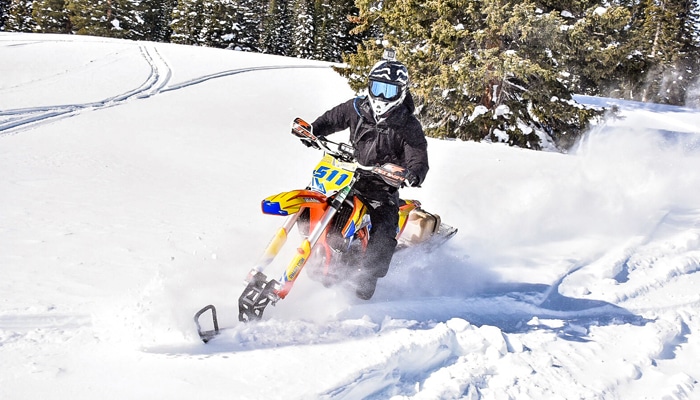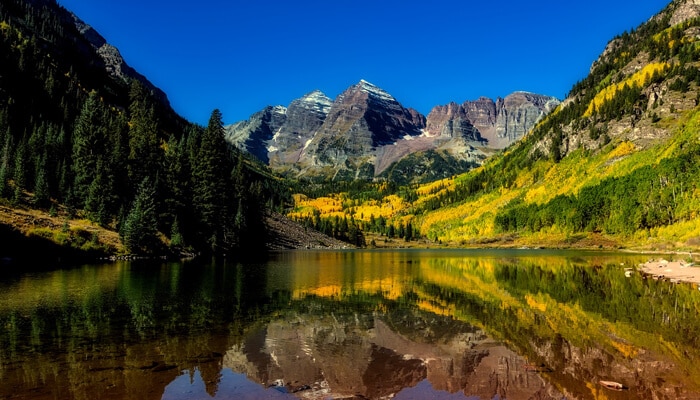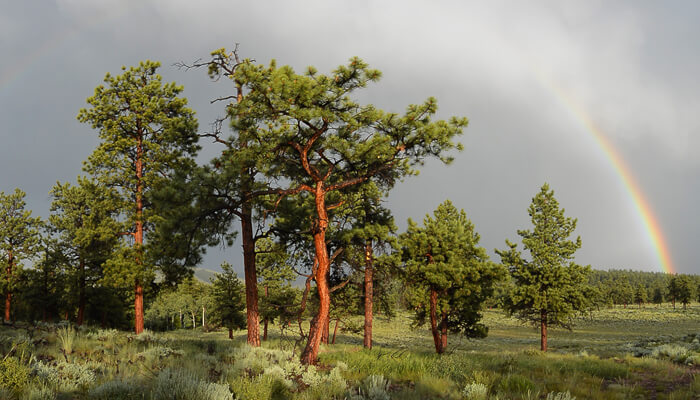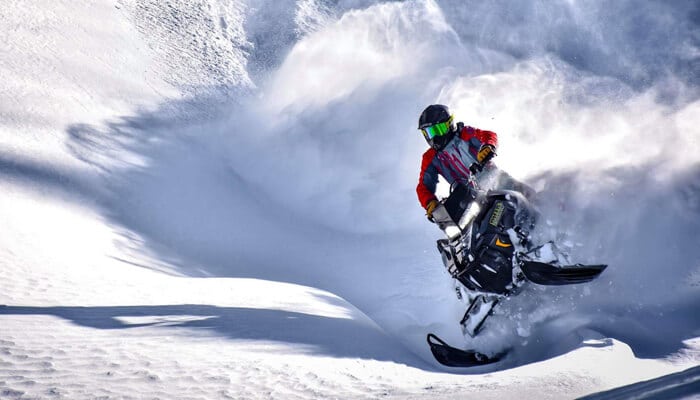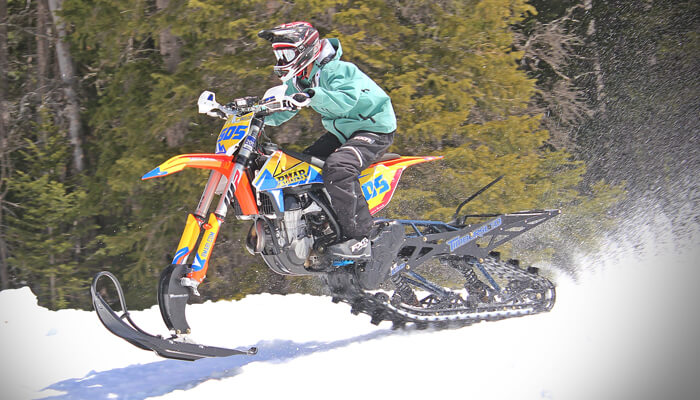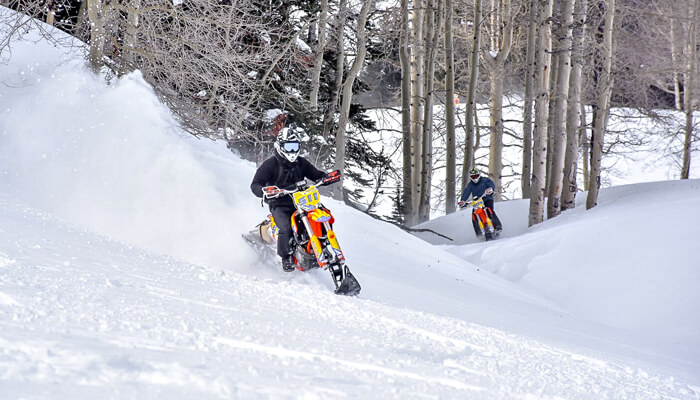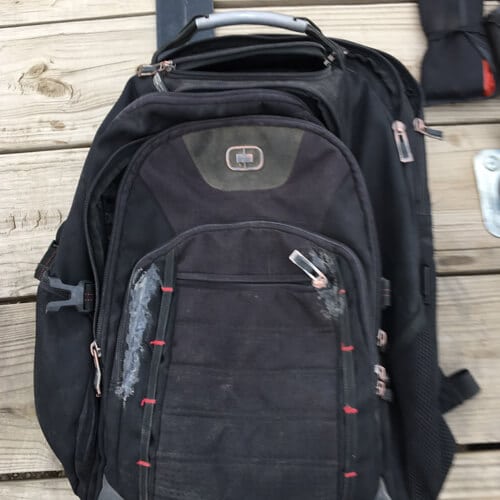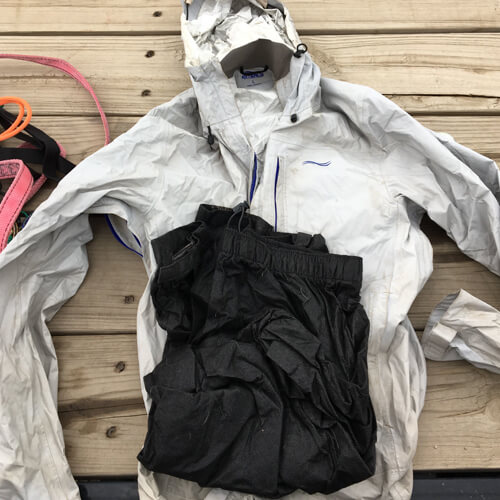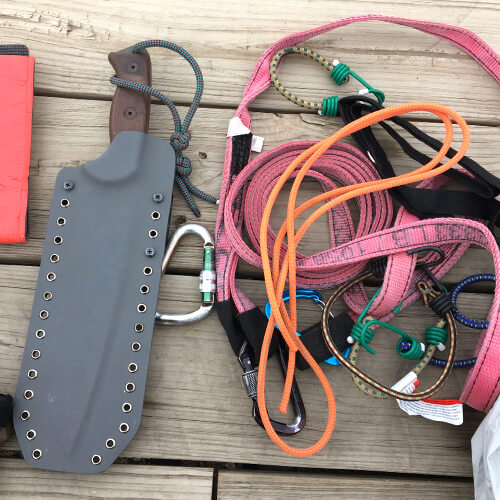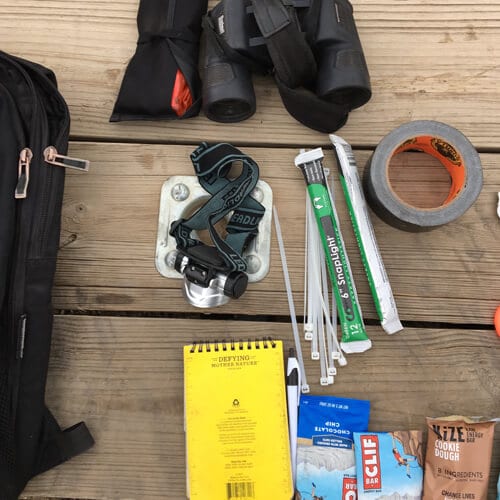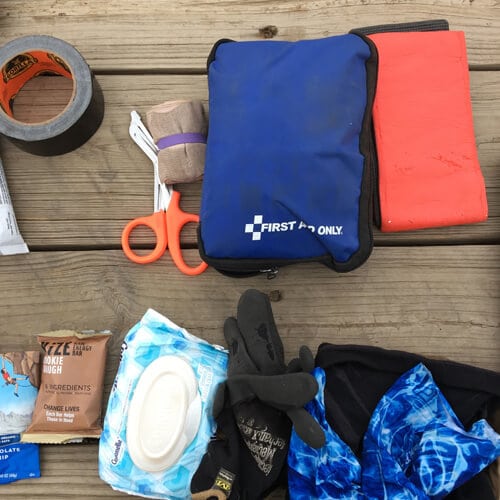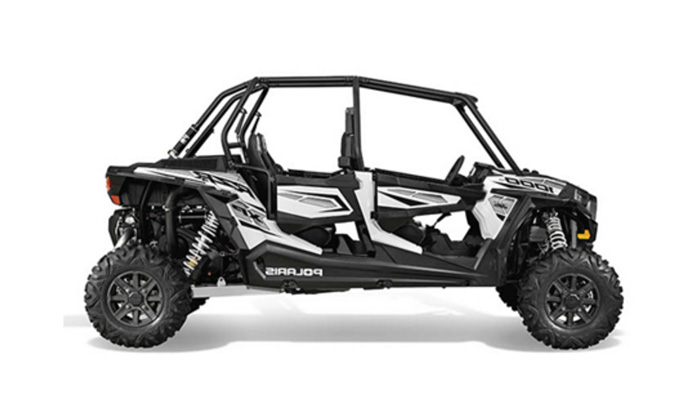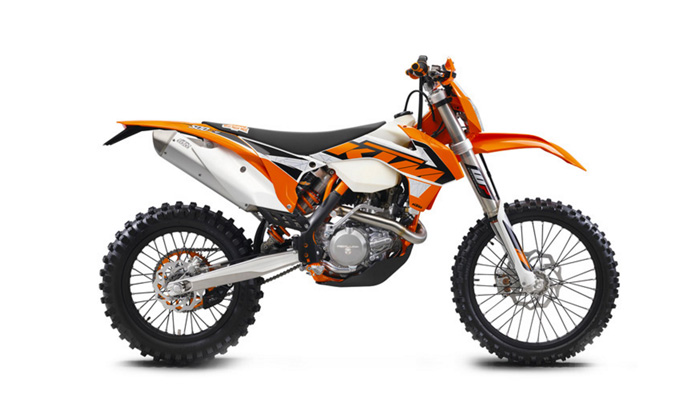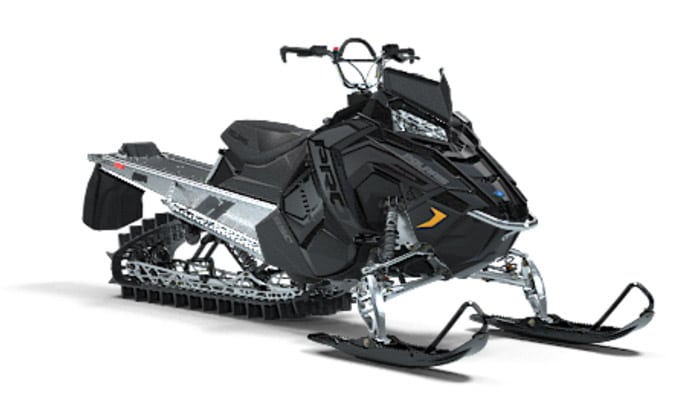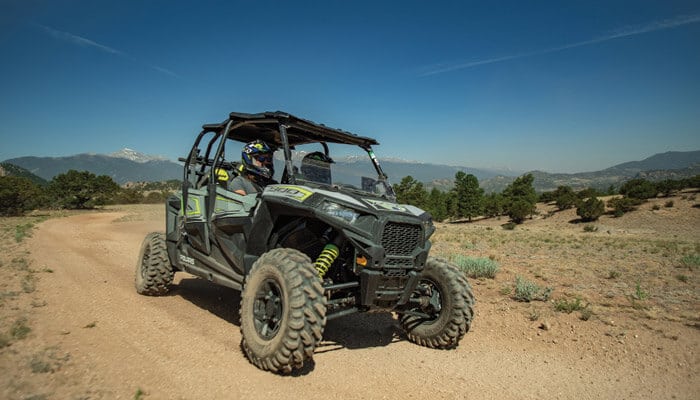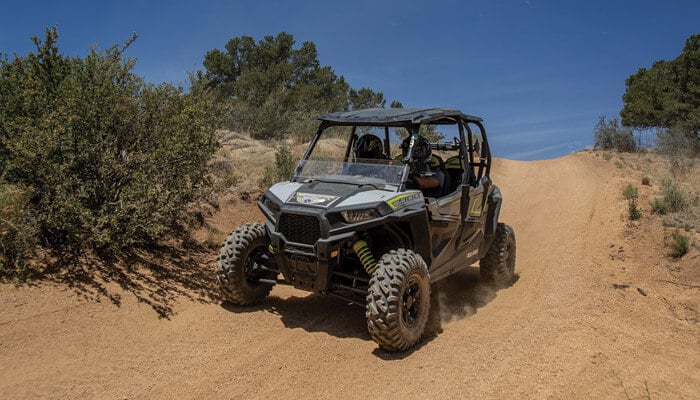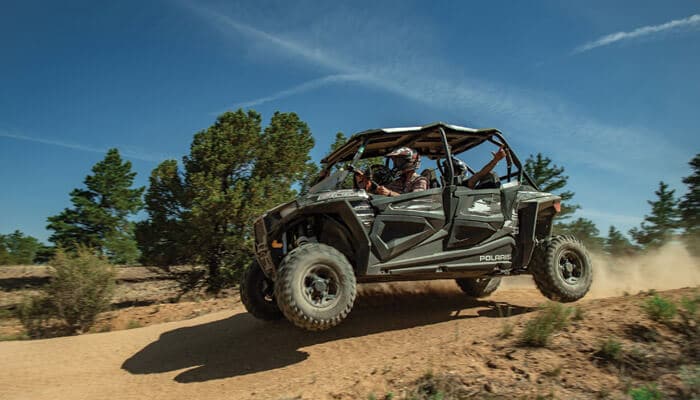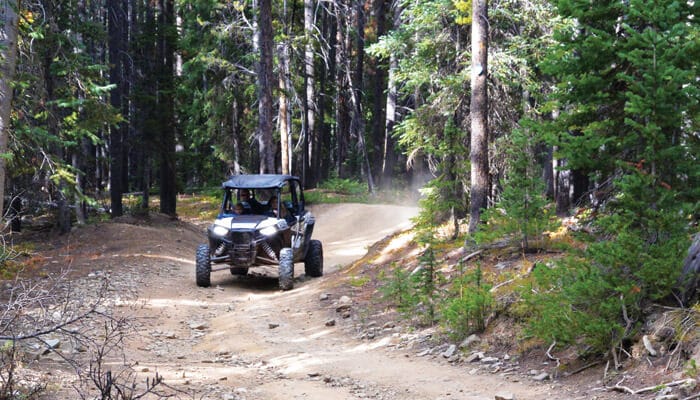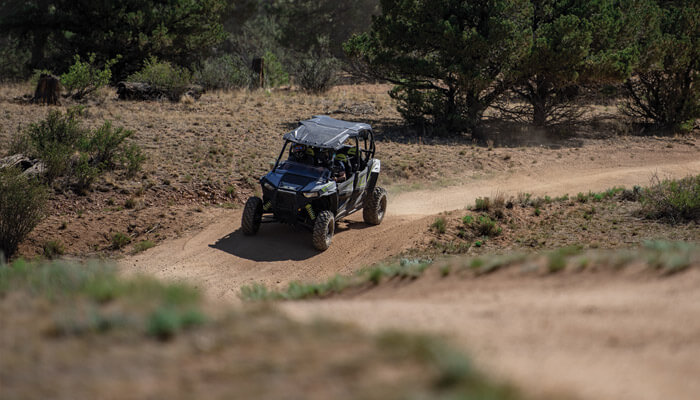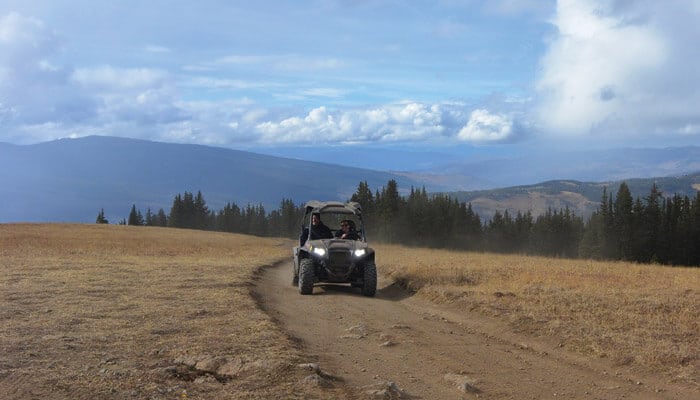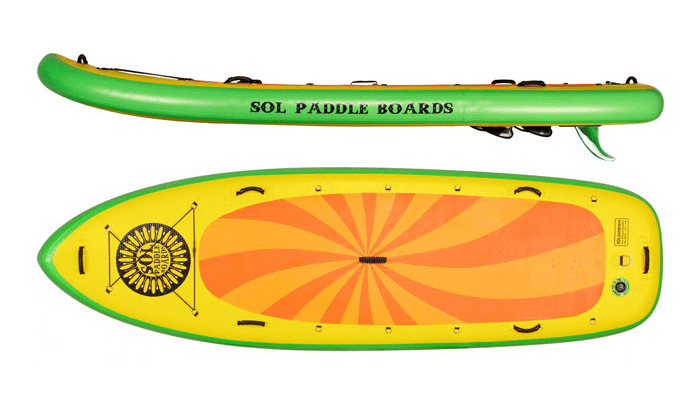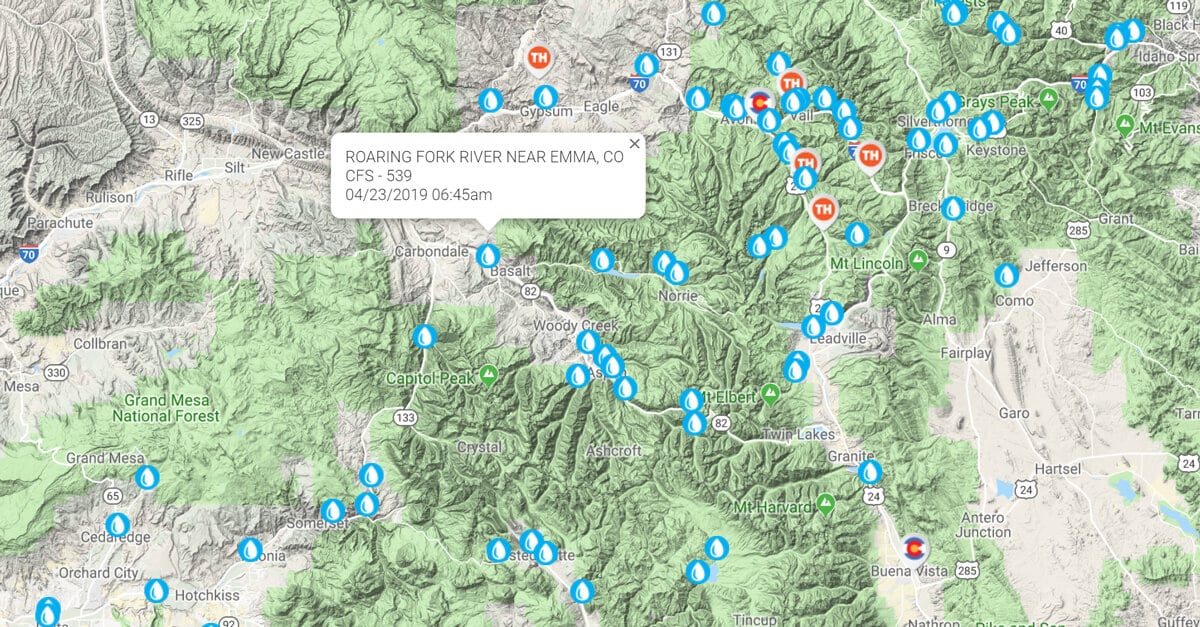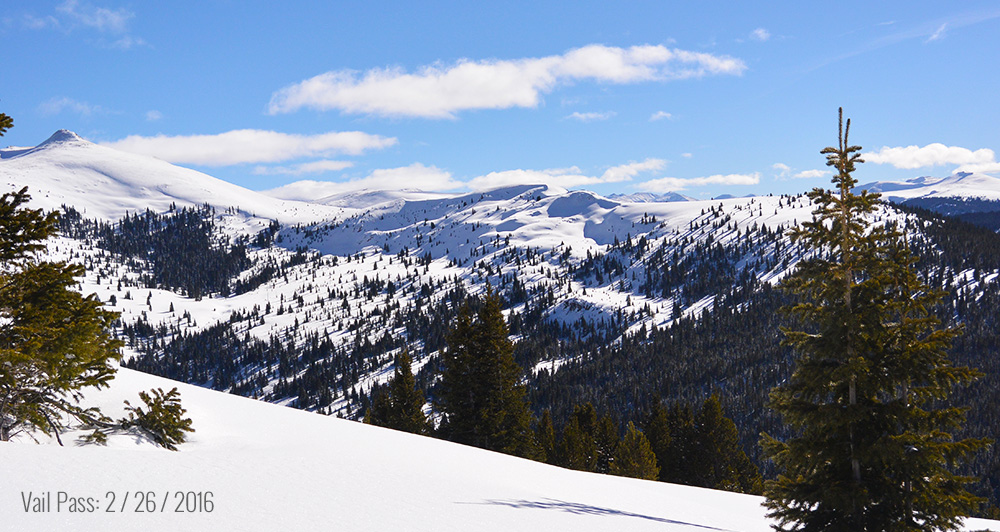Where Do Avalanches Occur?
Above Tree Line and Below Tree Line:
Avalanches are more likely to occur above tree line where there is more exposure to the sun, wind loading, and less terrain features to hold the snow in place. However, avalanches can and do happen below tree line. Do not make the mistake of thinking just because you’re in the trees you’re safe.
Snow Load and Slope Directions:
Slopes that face the wind tend to have larger accumulations of snow drifts along with deeper, heavier snow which can lead to an avalanche. In the northern hemisphere, slopes that are facing south, south east and south west get more exposure to the sun in the winter which leads to more faceting of the snow which can create dangerous weak layers that are prone to sliding with new snow fall. North facing slopes see less sun and this can lead to deeper snow in some instances but be aware that the wind can change any snow pack on any aspect.
Know your slope angles:
The saying is “any slope can slide at any time.” The most dangerous angled slopes are around 33 to 35 degrees, but an avalanche can occur on any slope that is between 23 and 45 degrees.
When Do Avalanches Occur?
Avalanches typically occur when early or mid season snowpack forms the first few layers of snow for the year and is then exposed to the freeze-and-thaw cycle throughout the day. During the freeze and thaw cycle, the snow crystals can facet or change shape – essentially becoming little ball bearings. As new snowfall continues throughout the season, that new snow is now sitting on what is known as a weak layer that can eventually slide under its own weight or due to other natural forces or human contact.
Human activities like hiking, snowshoeing, skiing, snowboarding, snowmobiling and snow biking can all stress the snowpack as we travel across the snow and can possibly trigger an avalanche. Snowmobiling and snow biking are especially dangerous because the weight of the machinery has the ability to affect deeper layers of the snowpack. When large amounts of new snow falls, the layers underneath must adjust to the new weight. This is why avalanche dangers are elevated after each new snow fall.
Avalanche Safety: How to Avoid Avalanches
Research and Planning:
When there is fresh snow, large temperature swings during the day and night, signs of other slides that have happened, whoomfing and cracking, and when CAIC says the avalanche danger is elevated, these are all signs that extra caution must be taken and travel plans must change accordingly.
Know Your Terrain:
Less-steep terrain, staying below tree line, traveling on ridges, not traveling alone, carrying the bare minimum beacon shovel and probe and knowing how to use them are all things that can help mitigate avalanche danger. Staying below the tree line is usually safer but not always. Slides can and DO happen below tree line.
Take an Avalanche Safety Course:
Avalanche awareness courses are offered all over the state of Colorado and most other states that have mountains and snow. Take a course, get educated, protect yourself, friends, family and all other winter recreationists of all activities.
Traveling in Groups:
When traveling in a group, your avalanche awareness starts before arriving to the trailhead. Check to see if you can spot avalanches on your way to the trailhead? Do you hear whoomfing and cracking? Is there a known weak layer or layers of snow in the area where you plan to recreate? Have you checked the avalanche conditions and reports on the Colorado Avalanche Information Center or CAIC? Has a lot of fresh snowfall occurred in the last few days or weeks in the area?
Fresh snow fall is when most people would prefer to recreate in the mountains in the winter. This is also the time when weak layers below the new snowfall are being stressed the most and slides are more likely to happen. Spring snow in Colorado tends to be much heavier and can stress snow layers below even more.
When traversing suspect slopes it’s best practice to:
1. Send one person at a time.
2. Never ride above a cornice or steep wind loaded slope.
3. Never ride near rocks and trees that are sticking out of the snow.
4. DO NOT traverse or travel above someone.
5. When gaining altitude, stick to ridge lines where there are no obvious slide paths above your line of travel.
Use Good Judgement:
Think twice before becoming a participant in high pointing. High pointing is a competition to see who can ride to the highest and steepest point on a steep mountain side for bragging rights. A little fun like this can turn ugly very quickly. Enjoy the wild places Mother Nature has to offer, but with great respect and caution.
Ride with a Guide:
If all of this scares you- it should! Many people in Colorado are caught in avalanches each year. However, it is possible to navigate Colorado’s mountainous terrain safely in all conditions. The guides at Rocky Mountain Adventure Rentals are experts at backcountry travel and can help keep you, your family, and your friends safe while timbersledding and snowmobiling. If you are new to the sport or do not have proper training, hiring a trained guide to ride with you is the best decision you can make.
Guided Timbersled Tours: Cottonwood Pass
Experience Cottonwood Pass near Buena Vista on a Guided Timbersled Tour. Learn more about Timbersledding Cottonwood Pass
[lightframe shortname=”rmar1″ fallback=”simple” full_items=”yes” flow=”no” view_item=”202837″ class=”fh-button-flat-orange fh-shape–square fh-icon–cal”]Book Now: Cottonwood Pass[/lightframe]
Guided Timbersled Tours: St. Elmo
Explore the advanced terrain of St. Elmo near Buena Vista on a Guided Timbersled Tour. Learn more about Timbersledding St. Elmo
[lightframe shortname=”rmar1″ fallback=”simple” full_items=”yes” flow=”no” view_item=”202843″ class=”fh-button-flat-orange fh-shape–square fh-icon–cal”]Book Now: St. Elmo[/lightframe]
